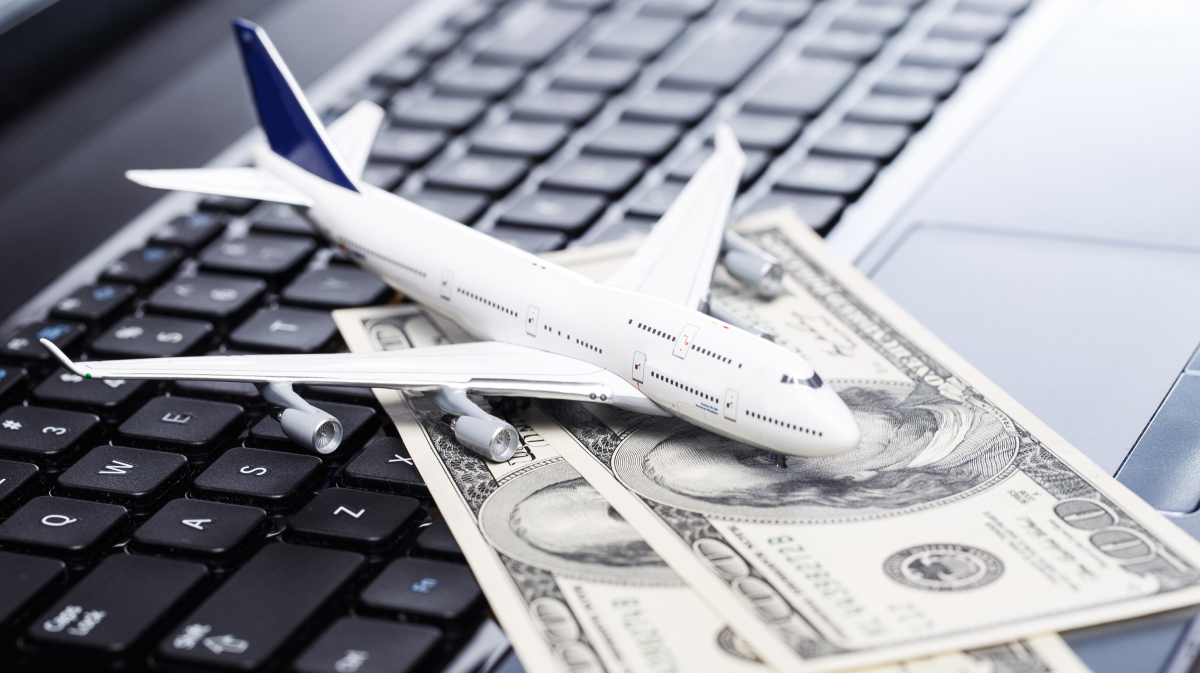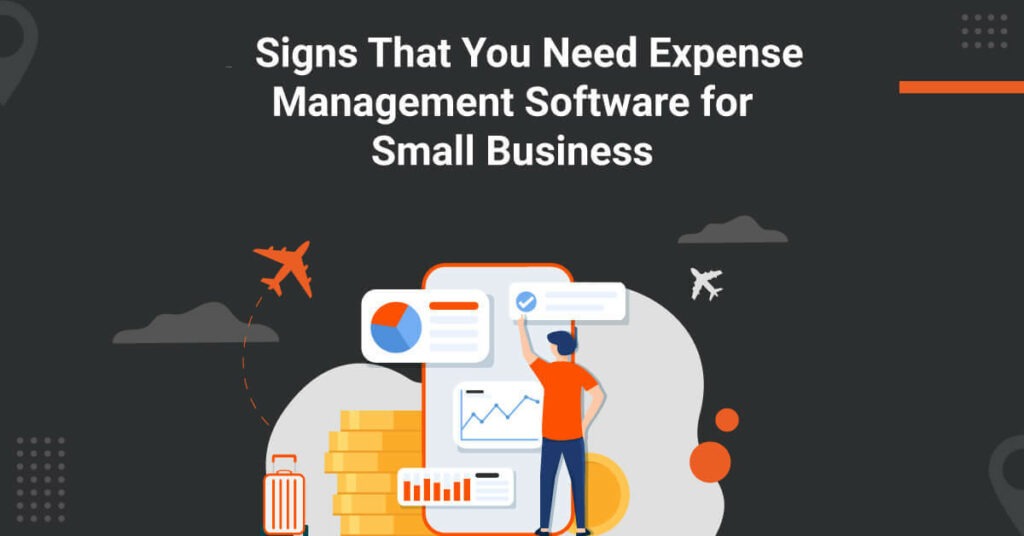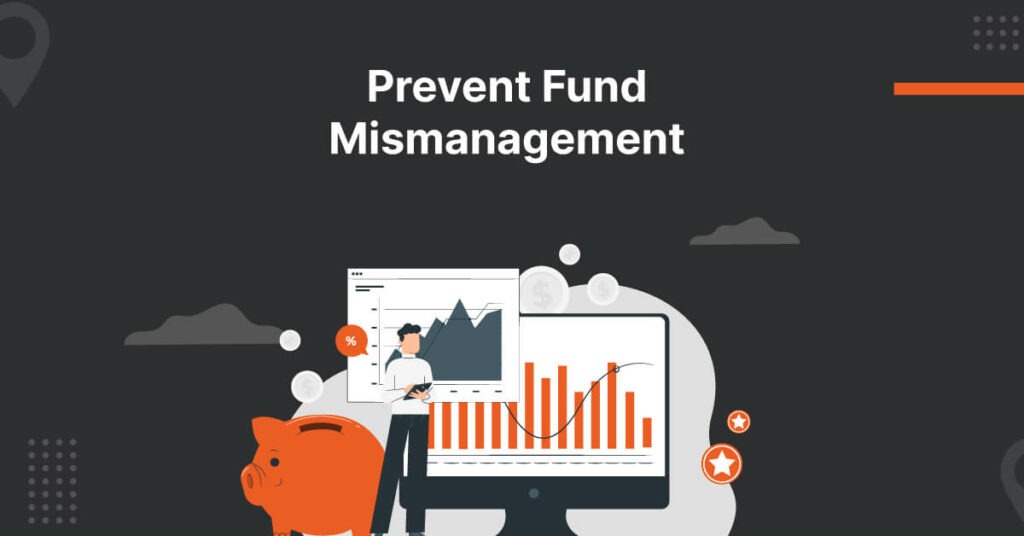
In a world with rapid digital transformation, expense management is at the forefront of innovation, streamlining operations and reducing physical touchpoints. The concept of contactless solutions, which emerged as a response to the COVID-19 pandemic, has evolved beyond its original scope.
One of the pivotal areas where this transformation is most visible is in the fusion of Software as a Service (SaaS) with expense management. This blog will explore how SaaS is reshaping the expense management landscape with contactless payments, emphasizing its role in creating efficiency and convenience, regardless of the pandemic’s status.
The Contactless Revolution
Before diving into the impact of SaaS in expense management, it’s crucial to understand the context of the contactless revolution. The COVID-19 pandemic transformed the way we interact with the world around us. Touching surfaces, exchanging physical documents, and face-to-face meetings became potential sources of infection, driving the need for touchless alternatives. This profound shift affected nearly every aspect of our personal and professional lives.
One such aspect was expense management. Traditionally, this process involved physical receipts, in-person approvals, and extensive paperwork. These methods proved inefficient, time-consuming, and even risky during the pandemic. Organizations turned to digital solutions with contactless payments, especially SaaS-based platforms, to address these challenges.
SaaS: A Game Changer in Expense Management
Software as a Service (SaaS) is a cloud-based software distribution model where applications are hosted and maintained by a third-party provider and accessed over the Internet. Users subscribe to SaaS platforms pay-as-you-go, eliminating the need for extensive hardware and software installations. SaaS applications are known for their scalability, accessibility, and the frequent updates provided by the service provider.
Benefits of SaaS in Expense Management
Accessibility: SaaS expense management platforms are accessible from anywhere with an internet connection. This accessibility is particularly valuable in remote work, enabling employees to manage expenses without being confined to the office
Scalability: SaaS solutions can be scaled up or down per the organization’s needs. Whether you’re a small startup or a large enterprise, SaaS platforms offer flexibility and the ability to adapt as your company grows
Cost-Efficiency: Traditional expense management software often requires substantial upfront investments in infrastructure and maintenance. SaaS solutions, on the other hand, typically have lower initial costs and predictable monthly or annual subscription fees
Automatic Updates: SaaS providers continuously update and maintain their platforms, ensuring that users always have access to the latest features and security patches without needing manual updat
Data Security: SaaS providers often employ advanced security measures like data encryption and access controls to protect sensitive financial information. This is especially critical in expense management, where privacy and security are paramount
Integration: Many SaaS expense management tools integrate with other business applications like accounting software, making it easier to track expenses, allocate budgets, and generate expense reports
User-Friendly: SaaS applications are designed to be user-friendly, ensuring employees can easily navigate and use the platform, even without extensive training.
The Contactless Expense Management
The expense management process has become a contactless experience with integrating SaaS platforms. Here’s how it typically works:
Digital Receipt Capture – Traditional expense management often relied on physical receipts, which were easily lost or damaged. SaaS platforms enable employees to capture digital tokens using their smartphones or cameras. This reduces the risk of losing tickets and speeds up the process
Expense Submission – Employees can make contactless payments through the SaaS platform by uploading digital receipts and providing relevant information. The system also allows for quick categorization and tagging of costs.
Approval Workflow – In a contactless payment system, approvals happen digitally. Managers can review and approve expenses with a few clicks, eliminating the need for physical signatures or in-person meetings. Notifications are sent to approvers, ensuring quick and efficient processing.
Automated Expense Tracking – SaaS platforms have expense tracking features that allow organizations to monitor spending in real time. This visibility into expenses helps organizations stay within budget and make informed financial decisions.
Reimbursement – Once expenses are approved, reimbursement is typically initiated electronically. Employees receive the funds directly in their bank accounts, reducing the need for physical checks or cash handling.
Reporting and Analytics – SaaS-based expense management systems offer robust reporting and analytics tools. Organizations can generate detailed financial reports, track spending trends, and gain insights into cost-saving opportunities.
The Post-Pandemic Landscape
The COVID-19 pandemic catalyzed businesses to accelerate their digital transformation efforts. As organizations adapt to the new post-pandemic landscape, using SaaS in expense management has become more than just a convenience; it’s a strategic necessity. Here are some key reasons why SaaS expense management is here to stay:
Employee Satisfaction – SaaS expense management platforms are user-friendly and offer a seamless experience. This improves employee satisfaction by reducing the administrative burden associated with traditional expense management. Employees can focus on their tasks, knowing their expenses are handled efficiently.
Cost Savings– SaaS solutions help organizations save time and money by automating and streamlining the expense management process. The reduced need for physical paperwork, manual data entry, and post-audit corrections leads to significant cost savings.
Data Insights – SaaS platforms provide valuable data insights that can inform better financial decisions. Businesses can identify spending trends, allocate budgets more effectively, and make data-driven business travel decisions that enhance financial efficiency.
Sustainability – The environmental benefits of going paperless are significant. By reducing the need for paper receipts, printed forms, and physical signatures, SaaS expense management contributes to a more sustainable and eco-friendly business travel environment.
Compliance and Audit Trail – SaaS platforms maintain a comprehensive audit trail of all expense-related activities. This feature is invaluable in ensuring compliance with internal and external regulations and simplifying the audit process.
Make Contactless Payments with SaaS
The convergence of SaaS and contactless expense management represents a significant shift in how businesses handle their finances. This transformation was accelerated by the COVID-19 pandemic but is poised to remain a fundamental component of modern financial operations in the post-pandemic world.
As organizations adapt to remote work, prioritize employee satisfaction, and seek cost savings, the adoption of SaaS expense management is expected to grow. And if you are looking for the best SaaS-based expense management platform, itilite can help you with.
Itilite SaaS-based platform represents a game-changing solution for companies seeking efficient, streamlined expense management. By providing a mobile-first, user-friendly interface, real-time visibility into expenses, and seamless integration with other financial systems, itilite empowers businesses to reduce touchpoints, enhance accuracy, and gain actionable insights for smarter financial decisions. This innovative platform offers a glimpse into the future of expense management, where SaaS solutions are central to achieving cost savings, compliance, and sustainability.
Book a demo today to understand how you can enhance your company’s financial health using itilite.














